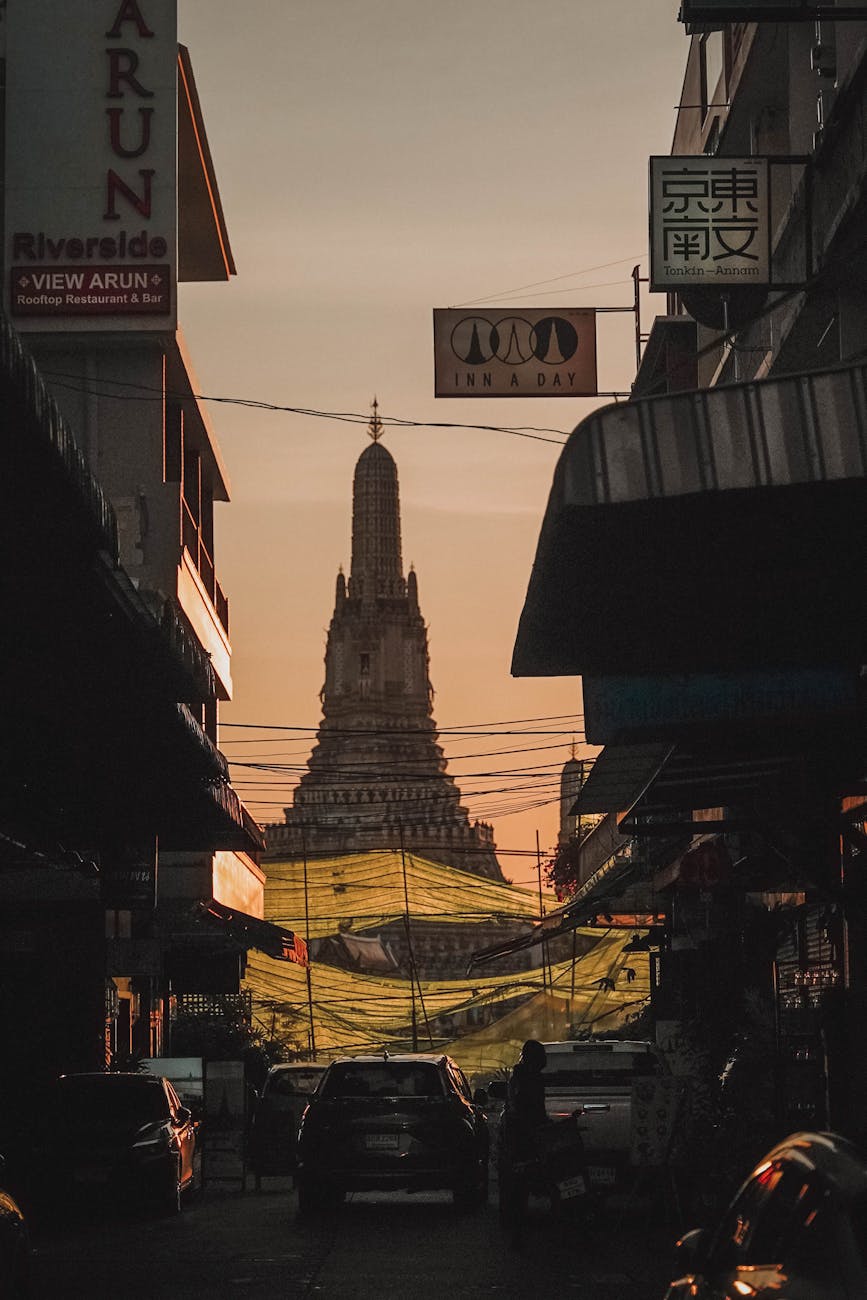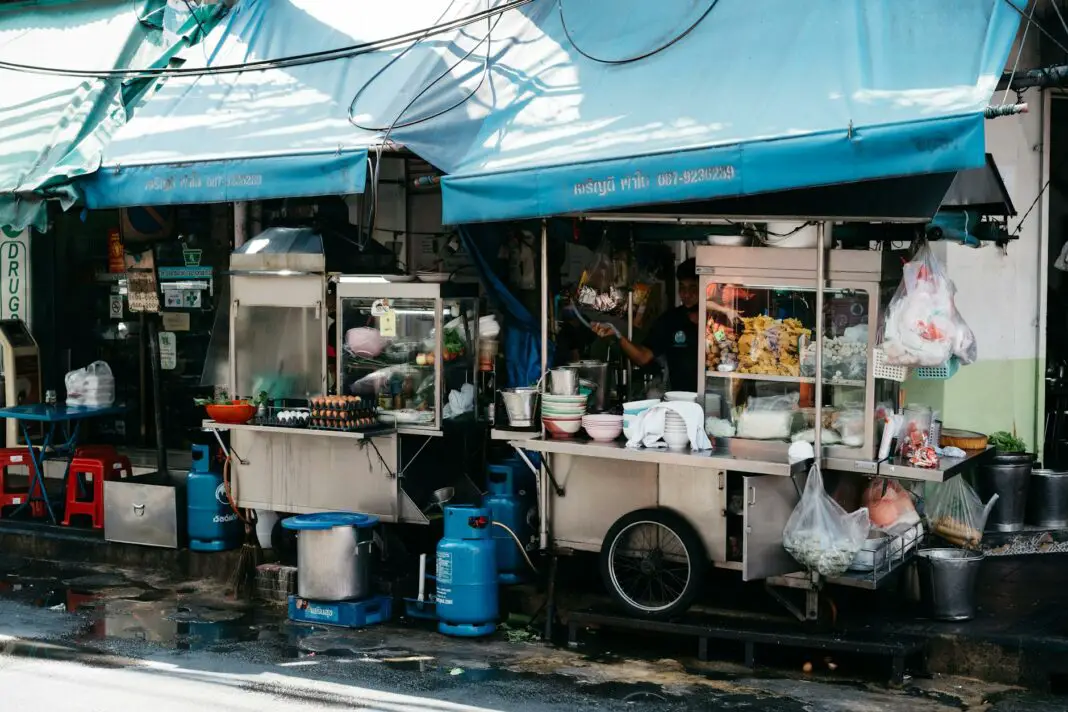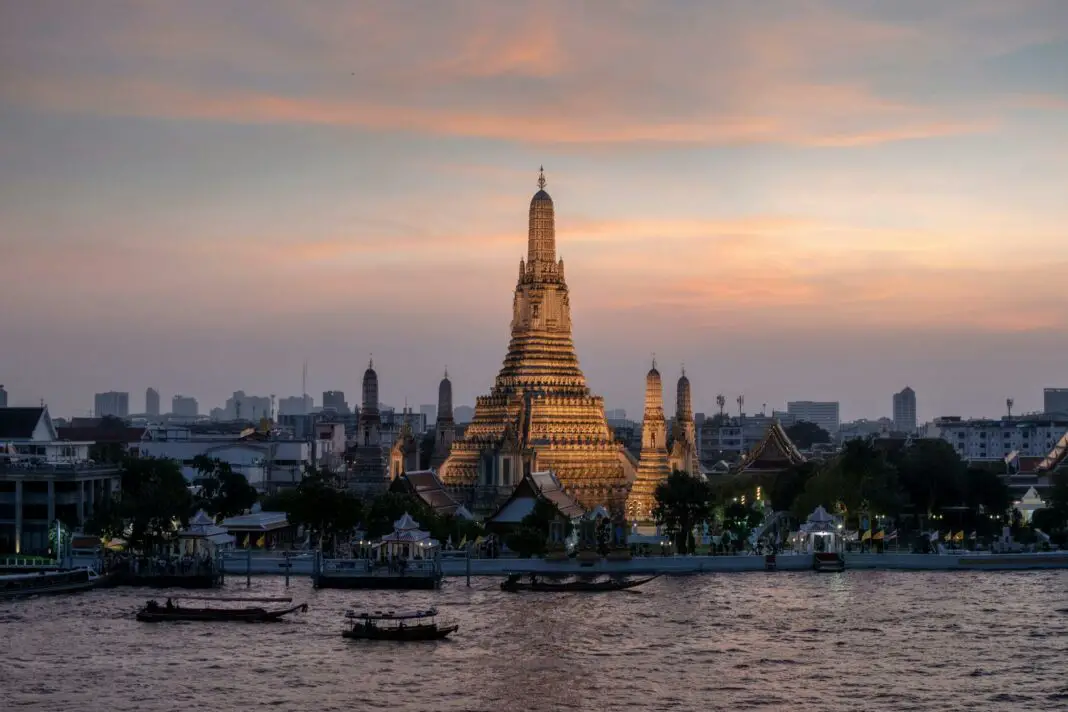Embarking on a trip to Thailand is not just a journey across breathtaking landscapes and tantalizing cuisine; it’s also a deep dive into a realm steeped in spirituality and history. Among the myriad attractions, Thailand’s sacred temples stand out, holding secrets that intrigue and inspire countless travelers. These temples are more than just stunning architecture; they encapsulate the essence of Thai culture, history, and the spiritual life that thrives within.
In this blog post, we’ll explore the hidden treasures of Thailand’s sacred temples, unraveling the stories and secrets that lie within their walls. From the intricate carvings that tell tales of old to the serene ambience that offers a moment of peace and reflection, these sacred sites provide a glimpse into the rich tapestry of Thailand’s heritage. You’ll discover not only where to go but also how to experience these sacred spaces meaningfully.
Table of Contents
- Why Thailand’s Temples Are a Must-Visit
- The Enigmatic Wat Pho
- The Majestic Wat Phra Kaew
- Hidden Treasures of Wat Arun
- Cultural Rituals and Festivals
- Practical Insights for Your Temple Visit
- Final Thoughts on Your Sacred Journey
- Frequently Asked Questions
Why Thailand’s Temples Are a Must-Visit
The allure of Thailand’s temples goes beyond mere aesthetics. Each temple serves as a sanctuary for spiritual reflection, a testament to the unyielding devotion of the Thai people. The intricate designs, often reflecting Buddhist beliefs, create an atmosphere that transports visitors to another realm. Whether you’re a history buff eager to learn about ancient civilizations or a spiritual seeker looking for peace, these sacred spaces cater to all.
As you step inside, the tranquil air envelops you, and the sound of chanting monks provides a backdrop that feels almost otherworldly. This environment fosters a connection to something greater, encouraging moments of introspection. It’s not just about sightseeing; it’s about immersing yourself in the richness of a culture that values spiritual growth. The temples are visually stunning, but they also whisper stories from centuries past, waiting for you to listen.
The Enigmatic Wat Pho
Known as the Temple of the Reclining Buddha, Wat Pho is home to a stunning 46-meter long golden Buddha statue that leaves visitors in awe. But beyond its magnificent architecture, Wat Pho is a hub of traditional Thai massage and healing arts. The temple complex comprises numerous pagodas and shrines, each etched with vibrant motifs that tell ancient tales.
The secret lies not just in the craftsmanship but also in the temple’s role as a center for learning. Here, you can engage in a traditional Thai massage course, allowing you to understand the therapeutic techniques that have been passed down for generations. As you stroll through the temple’s serene courtyards, take the time to appreciate the essence of Buddhism through the intricate murals that adorn the walls. This temple speaks to both the body and soul, embodying a philosophy that is vital to Thai culture.
The Majestic Wat Phra Kaew
Located within the Grand Palace complex, Wat Phra Kaew, or the Temple of the Emerald Buddha, stands as the most revered temple in Thailand. This remarkable temple houses the Emerald Buddha, a statue that is central to Thai spirituality and culture. The architectural grandeur of the temple, adorned with gold leaf and intricate glass mosaics, is an experience that overwhelms the senses.
Visiting this temple provides insights into the deep reverence held for the Emerald Buddha, which is changed seasonally attire, symbolizing the changing earthly seasons and the connection between the physical and the spiritual. Observing the rituals performed here offers an enlightening perspective on Thai customs, and engaging with local monks can lead to enriching conversations about Buddhism’s impact on daily life in Thailand. In this hallowed space, the divine and earthly blend, inviting visitors to connect with their spirituality.
Hidden Treasures of Wat Arun
Wat Arun, also known as the Temple of Dawn, is a striking architectural masterpiece situated on the banks of the Chao Phraya River. Its tallest spire richly decorated with Chinese porcelain pieces captures the first light of dawn, hinting at the temple’s symbolism of rebirth and awakening. But beyond its visual allure, the temple holds secrets that reveal its history and significance in Thai culture.
The climbing of the central spire offers adventurous travelers breathtaking views of the river and the city skyline. However, it is the intricate symbolism in the carvings that often goes unnoticed. They narrate tales from Hindu mythology and Buddhist teachings, reflecting the syncretism of these beliefs over centuries. Engaging with these stories during your visit enriches your understanding of how spirituality permeates everyday life in Thailand. This temple encourages exploration and discovery, where every corner turned reveals a new layer of history and meaning.
Cultural Rituals and Festivals
Experiencing the vibrant festivals and rituals celebrated in and around Thailand’s temples is an essential aspect of what makes visiting these sacred places special. Events like Loy Krathong and Songkran transform these venues into lively celebrations filled with color, tradition, and community. During Loy Krathong, the sight of thousands of floating lanterns illuminating the night sky creates a breathtaking spectacle that captures the heart and soul of Thai culture.
Likewise, the celebration of Songkran—the Thai New Year—invites visitors to engage with locals in joyous water fights while understanding the deeper significance of cleansing and renewal. Participating in these events allows you not only to witness traditions but also to become part of a vibrant tapestry that binds people together through shared beliefs and collective joy. These moments transform the experience from mere sightseeing to active participation in Thai culture, immersing you in a world where spiritual expressions manifest through vibrant festivities.
Practical Insights for Your Temple Visit
To make the most of your journey to Thailand’s sacred temples, preparation is key. Dressing respectfully is crucial; a modest approach respecting the culture can enhance your experience significantly. Opt for clothing that covers your shoulders and knees, enabling you to enter these revered spaces without issue. As you visit, don’t forget to be mindful of the temple etiquette, which fosters respect for the spiritual ambiance.
Bringing along respectful offerings, such as incense or candles, can be a beautiful way to engage with the spaces and show reverence. Also, consider visiting during weekday mornings to avoid the crowds, allowing you to immerse yourself in the tranquility that these temples offer. Taking notes or sketching can also be a wonderful way to document your discoveries, fostering a deeper connection to the history and artistry present in the temples. These insights can transform your visit into a more enriching experience, ensuring that you leave with not just photos but unforgettable memories of your sacred journey.
Final Thoughts on Your Sacred Journey
As your journey through Thailand’s sacred spaces comes to an end, the feelings of connection, learning, and spiritual awakening linger long after you leave. The intricacies of the temples, steeped in rich histories and age-old traditions, serve not merely as structures of stone and artistry but as living bodies of cultural and spiritual significance. Each visit is a personal journey, offering moments of clarity, peace, and profound insights into a way of life that fosters community and reflection.
Visitors are often struck by the warm, welcoming spirit of the Thai people, who passionately share their beliefs and practices. This genuine interaction deepens the experience, transforming a simple visit into a meaningful encounter. In these sacred spaces, where centuries of history converge, every traveler has the chance to discover something unique, something personal, something essential. Prepare to be transformed as you explore the hidden secrets within these temples—an adventure awaits that is unlike any other.
Frequently Asked Questions
What should I wear when visiting temples in Thailand?
To show respect, it is recommended to wear modest clothing that covers your shoulders and knees. Loose, comfortable attire is ideal for warm weather.
Are there any entrance fees for Thailand’s temples?
Yes, many temples charge a small entrance fee to maintain the sites. The fees often go toward preservation efforts and enhancing the visitor experience.
Can I take photos inside the temples?
Photography rules vary by temple. Generally, photography is allowed in many areas but may be prohibited in specific sacred spaces. Always look for signs or ask temple staff.
How do I engage with local monks respectfully?
Approaching monks requires respect and humility. It is recommended to observe local customs, like not touching or sitting directly beside them, and to speak softly and courteously.
What is the best time of year to visit Thailand’s temples?
The best time to visit is during the cooler months, typically from November to February, when the weather is pleasant. However, many festivals fall in various seasons, offering vibrant experiences year-round.
Image Credit: Pexels





